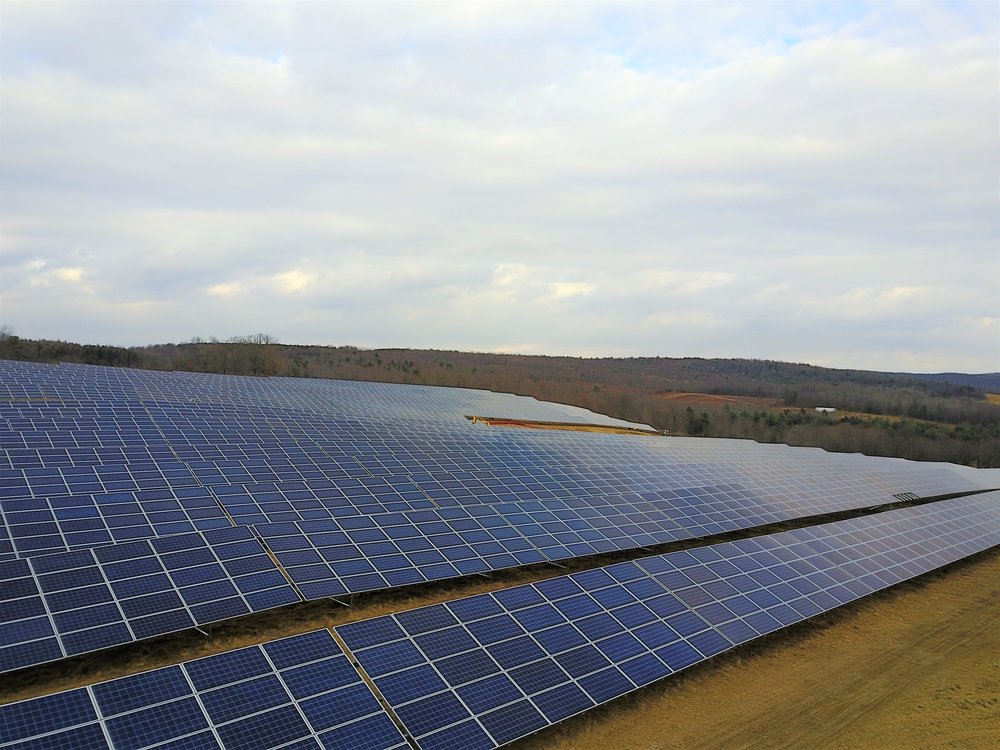For the last 40 years, the United States electricity sector has been the country’s leading source of greenhouse gas emissions. Now, that’s changing–here’s how.
Our climate is changing, and a huge percentage of the greenhouse gas emissions that are accelerating this change come from the electrical sector. In order to reduce our environmental footprint, we must ask ourselves: What is the real-life impact of our energy usage, and how can we combat energy-related pollution? The answer is fascinating, and even the smartest analysts’ basic assumptions are being challenged.
Table of Contents
The True Impact of Energy on Climate Change
It’s hard to imagine that your electricity usage might actually have a more negative impact on climate change than your vehicle does. But, believe it or not, almost 30 percent of total greenhouse gas emissions in the United States come from the electrical sector–nearly twice that of passenger vehicles.
Your Environmental Impact Depends on How Much Energy You Use
Almost everything we do these days seems to require energy. This seems to be especially true in America–in fact, the average American uses around 13,000 kilowatt-hours of electricity annually. That’s more than twice the energy usage of our European counterparts.
This high electricity usage in the US emits around 1.7 billion metric tons of carbon dioxide every year–equal to the annual emissions of 380 million passenger vehicles.
And not surprisingly, becoming more efficient energy consumers would make a huge impact on climate change. In fact, if Americans were to reduce their average electricity usage to European levels, that would be like keeping over 200 million cars off the road.
You Can Change How Much Energy You Use
The good news is, these numbers are based on the average American, and it’s actually very easy to ensure that your energy consumption is much lower than average. There are hundreds of ways to reduce your environmental impact by lowering your electricity usage.
For example, one of the easiest ways to cut down on the amount of energy you use: adjust your A/C just a few degrees! A full tenth of total US home energy expenditures can be attributed to your air conditioner. This is just one way to greatly reduce your at-home energy usage and save money at the same time.
To learn more about ways that you can save money and energy at the same time, check out our Energy Savings Guide.
The Time of Day Matters When It Comes to Energy Usage
In a traditional fossil fueled energy system, the emissions of the electricity you use corresponds to the time of day.
The electricity you use is least efficient during peak hours–typically in the 5-7 pm range, when it’s hottest and everyone is heading home from work. During these times, high demand forces energy providers to turn to less efficient power plants, and you get fewer electrons for every carbon molecule emitted.
On the other hand, your energy usage is most efficient at night, when energy usage is so low that there’s often excess electricity being generated.
One of the best ways to reduce the environmental impact of your electricity usage is to use less energy during peak hours, and more energy during of- peak hours. Simply planning your electricity-intensive activities, such as running your washer and dryer, during these nighttime hours, can make a huge impact.
Interestingly, introducing solar to the mix can completely flip this on this head–but we’ll get into that more in just a second.
The Environmental Impact of Our Energy Usage Depends on Where that Energy Comes From
The United States uses a variety of energy sources and technologies to produce electricity, and certain sources are used more than others. The three main groups of energy sources in the US are fossil fuels (coal & natural gas), nuclear, and renewable energy (wind, solar, etc).
While almost 30% of the total annual US greenhouse gas emissions come from the energy sector, the majority of these emissions come from the burning of fossil fuels, to produce this electricity. As we move away from these dirty energy sources, we can expect the amount of emissions from the electricity sector to begin to decrease.
Solar is one of the best options for accessing clean energy because it’s relatively inexpensive, easy to implement, and there are virtually no emissions involved. On average, an American household that’s powered by solar energy can offset 5 metric tons of carbon dioxide emissions annually–that’s like not driving a car for an entire year!
\Mind Your Energy Mix: Energy Usage Still Matters in a Solar-Powered Future
Though switching to solar can greatly reduce your impact on climate change, it’s still important to treat energy like the precious resource it is. Unless you’re cutting yourself off from the grid entirely or you have some truly impressive energy storage capacity, even when you switch to renewable energy, your home must still use energy from the grid for at least part of the time. In general, the best practice is always to use energy as efficiently as possible.
Similarly to when your electricity comes from a fossil fueled energy system, a system with solar energy in the mix can change what the best practices are for efficient energy usage. For example, if you live in a state with lots of solar energy, there will often be more clean energy produced during the daytime than is consumed. In this case, it’s best to do activities that use lots of energy during the day (cool your house, run your washer/dryer charge your electric vehicle, etc.) and then avoid doing energy-consuming activities after work hours, when the sun is low in the sky and fossil fuel generation kicks in. Many electronic devices and appliances now allow you to schedule their active hours for this purpose.
Energy Savings 101:
Your Guide to Energy Efficiency and a More Sustainable Lifestyle
Want to learn more about how you can save energy in your home and keep money in your wallet? Our comprehensive guide has everything you need to know.
Fill out the form to access the guide.
Name * Email * 









Emma, I find your posts not only interesting but very informative! Nicely written.
I enjoy the report
I enjoy the article
Amazing article! Thanks for sharing.
So how can you make a difference through energy efficiency? EPA's ENERGY STAR program is the best place to start for guidance on how to save energy, save money, and protect the environment. Behind each blue ENERGY STAR label is a product, building, or home that is independently certified to use less energy, achieving emissions reductions to reduce air pollution and help protect the climate.
Thanks for helping me understand that avoiding using fossil fuel will enable us to have fewer gas emissions in our atmosphere. I will follow your advice now that I will be buying my own car. I guess I should look for a lone occupant vehicle since there are options wherein you wouldn't use gas. This will be a big help for our air since I also get affected by it because I have mild asthma.